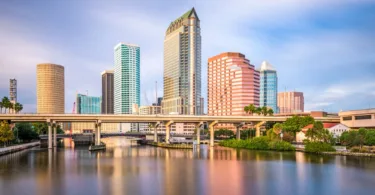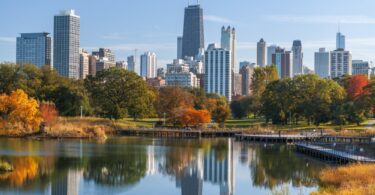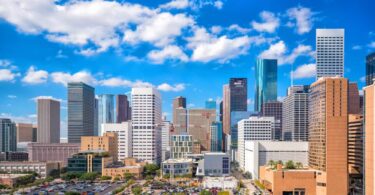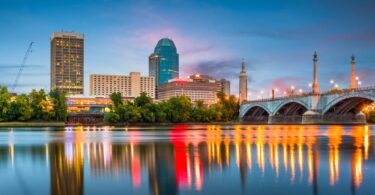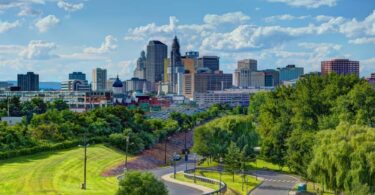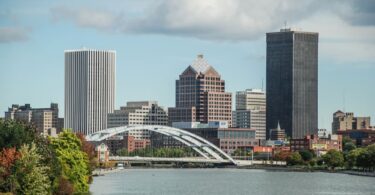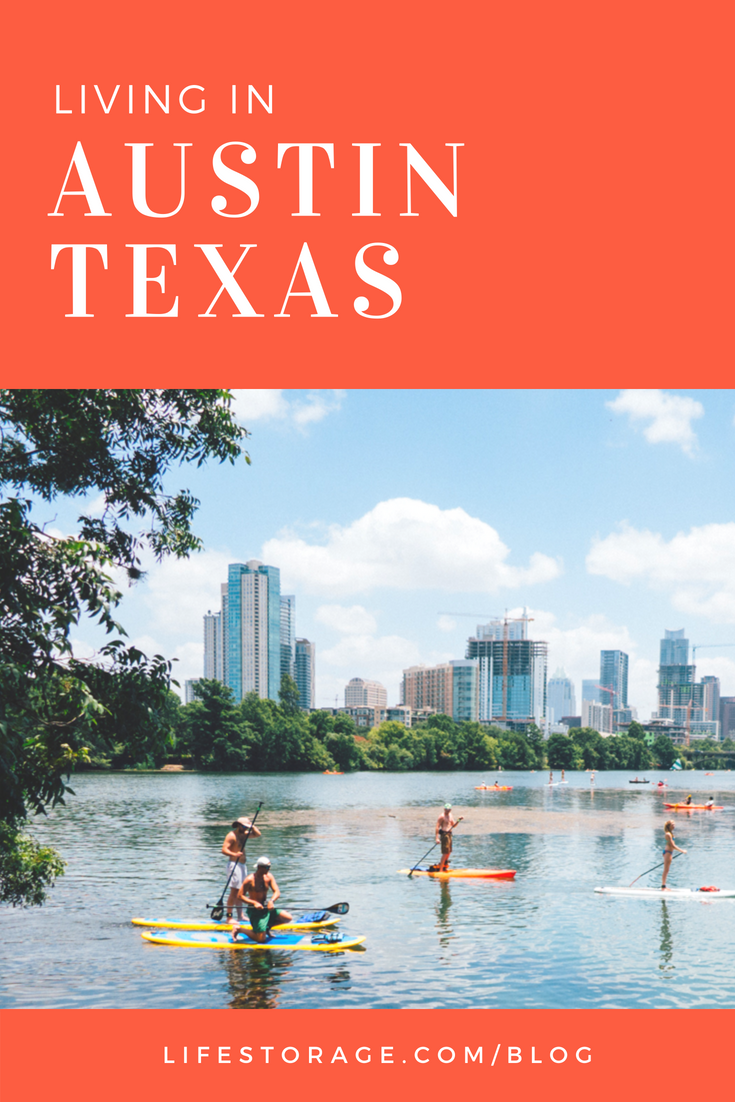
Considering living in Austin, TX? You’re not alone–this metro area has grown faster than all other large metro areas in the U.S. over the last five years. Whether you’re looking for a legendary live music scene, some of the greatest grub you can find or one of the most unique cultures out there, Austin could be the place for you.
In fact, Austin is so livable that it ranks No. 1 on U.S. News’ Best Places to Live for the second year in a row. The study analyzed 100 metro areas in the United States based on quality of life and the job market in each metro area, as well as the value of living there and people’s desire to live there. Austin ranks first, with an overall score of 7.8 out of 10.
Before packing your bags and heading to Austin, though, check out this list of things you should know about living in the capital of Texas.
1. It’s hot, but there are plenty of outdoor activities.

If you’re not from the South and you’re moving to Austin, summers may take some getting used to. Temperatures often reach the mid-90s, and winter temperatures have been known to drop into the 30s and 40s. But if you don’t mind the heat, Austin’s climate offers year-round opportunities to enjoy the outdoors.
With its peaceful rolling landscape, lakes, and numerous opportunities for sports and outdoor exercise, Austin is also a healthy place to live. It ranks the 10th fittest city in the U.S.
Austin also has more than 50 public pools as well as plenty of opportunities for rock climbing, swimming and exploring along the greenbelt. You’ll find hiking, biking, camping and water sports of all kinds on the area’s lakes and river in addition to golf courses, botanical gardens and nature preserves.
2. There’s something for everyone in Austin.
So what is it like to live in Austin, TX? You’ll soon find that Austin is home to a young, diverse population with endless things to do.
“Austin is evolving as a city and an urban area, but what’s most impressive is its diversity,” notes Kristee Leonard, Top 25 real estate agent for the city of Austin. “It’s now a majority-minority city, which means that no demographic group exists as a majority of the city’s population. That matters to people, and that’s part of the reason we’re seeing so many different people flocking to the Austin area.”
Whether you’re looking to visit award-winning resorts, museums and cultural venues or outdoor attractions, Austin has enough parks, restaurants, history and attractions to keep you busy year round.
Here are just a few places to check out in Austin:
6th Street
Though somewhat touristy, 6th Street is the center of all musical action in Austin. Comparable to New Orleans’ Bourbon Street, there are venues to appeal to all tastes. You’ll find delicious food, shops, clubs, low-key bars and live music joints, such as Esther’s Follies or Pete’s Dueling Piano Bar. On weekends, the police even restrict vehicular access, allowing people to roam in the middle of the street.
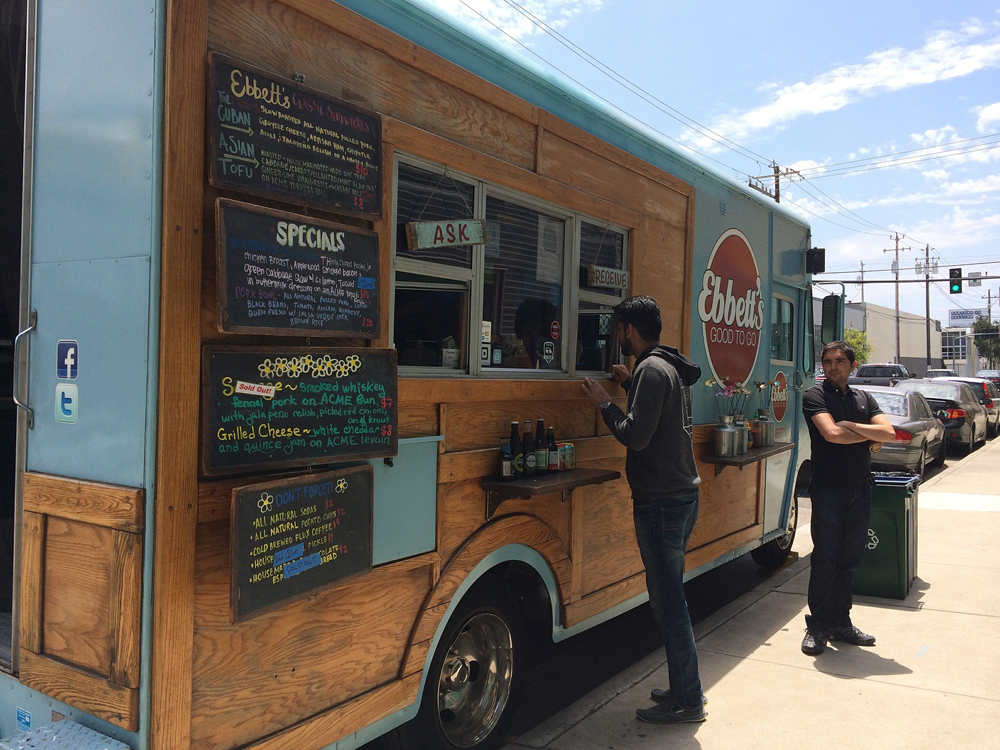
Food Truck Heaven
One of the best things about Austin is its cuisine, and when it comes to Tex-Mex, Austin serves the real deal. Food Trucks are a way of life for Austinites, pleasing foodies and hipsters alike. USA Today ranked Austin among the top 10 best cities for food trucks.
Rainey Street, one of the more famous nightlife streets in Austin, features a food truck court jam-packed with options ranging from sweet-tooth Holy Cacao, to plant-based cuisine at Conscious Cravings, to the superb fried avocado taco at Torchy’s Taco.
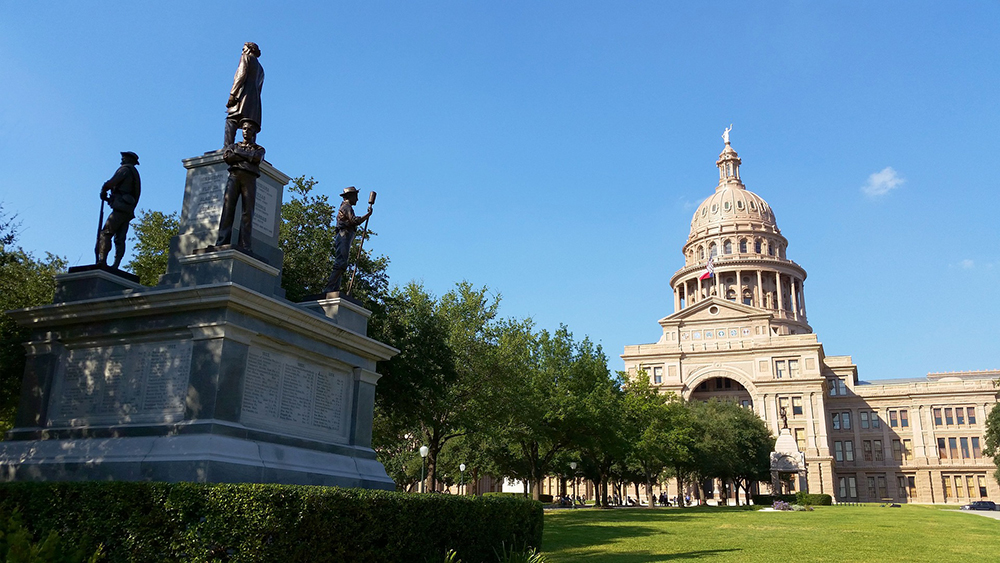
State Capitol
Standing in the heart of Austin is Texas’s legislative center, State Capitol. Opened in 1888, this landmark stands 14 feet taller than the U.S. Capitol. Much of the Capitol also still looks the same as when it originally opened.
When visiting, you’re welcome to explore the building, join guided tours or learn more about Texas’s history at the inside exhibits. Parking is free for the first two hours.
Zilker Park
Sitting right across the river from Austin, this 350-acre park is among Austin’s best places to live. Here you’ll find some of Austin’s most popular attractions–museums, restaurants, swimming holes–in addition to fields and park space for strolls.
Whether you prefer to peruse science and cultural centers or enjoy all that nature has to offer, you’ll find something exactly to your liking. The park is open daily from 5 am to 10 pm and admission is free.
3. Did we mention you can bring your dog just about anywhere?
Wherever you decide to go, you can bring your furry friend! Austin regularly shows up on the lists of the most dog-friendly cities in the country, and you can even find over 200 local restaurants and hotels that allow dogs to come inside. Having any doubt about bringing your furry friend along? Don’t worry – he’ll fit right in.
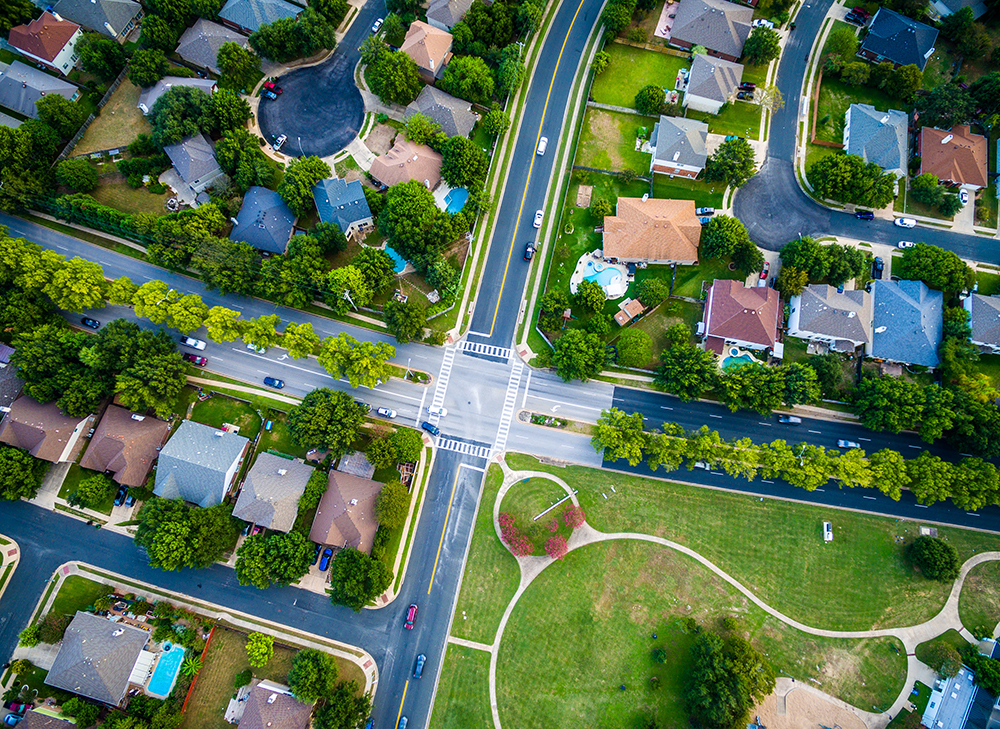
4. Austin has great neighborhoods to choose from.
The Austin metro population remains one of the fastest-growing cities in the entire U.S., according to the U.S. Census Bureau. No matter which part of the area you’re looking to move to, there’s a neighborhood for everyone in Austin.
Here are some of the best neighborhoods in Austin:
Barton Hills. Barton Hills is a quaint and charming neighborhood in the middle of a bustling city. With homes built as early as the 1930s, the area features elegant, historic homes with a twist of contemporary. If you’re looking to live outside of the downtown area while still residing in close proximity, this neighborhood is for you.
Clarksville. Clarksville is the closest neighborhood to the central business district and ideal for residents who desire the convenience of downtown but also enjoy the feel of a traditional neighborhood. It embodies the vibe of Austin with cultural diversity, eclectic bungalows and liberal leanings. With easy access to Lamar Street area, Clarksville is becoming increasingly popular while staying relatively affordable.
Tarrytown. West of Mopac and north of Lake Austin, Tarrytown is a charming and highly sought-after neighborhood with ornate homes, quiet streets, impressive schools and lake access. You can find all of these perks within a short, three-mile drive of downtown, which makes this area one of Austin’s most exclusive neighborhoods.
Hyde Park. Just north of downtown, Hyde Park features charming bungalows and attractive Victorian-style homes with large porches and shady trees. In this area you’ll find young professionals as well as university faculty and graduates who appreciate quiet neighborhood streets.
Circle C. This neighborhood is a large, planned community in the hills of southwest Austin. Offering a pleasant refuge from the city bustle, Circle C provides scenic views and moderately priced homes to appeal to families with children and retirees. Throughout the area you’ll find tennis, swimming facilities, golf, bicycle tracks and nature activities–all just a short drive away from urban conveniences.
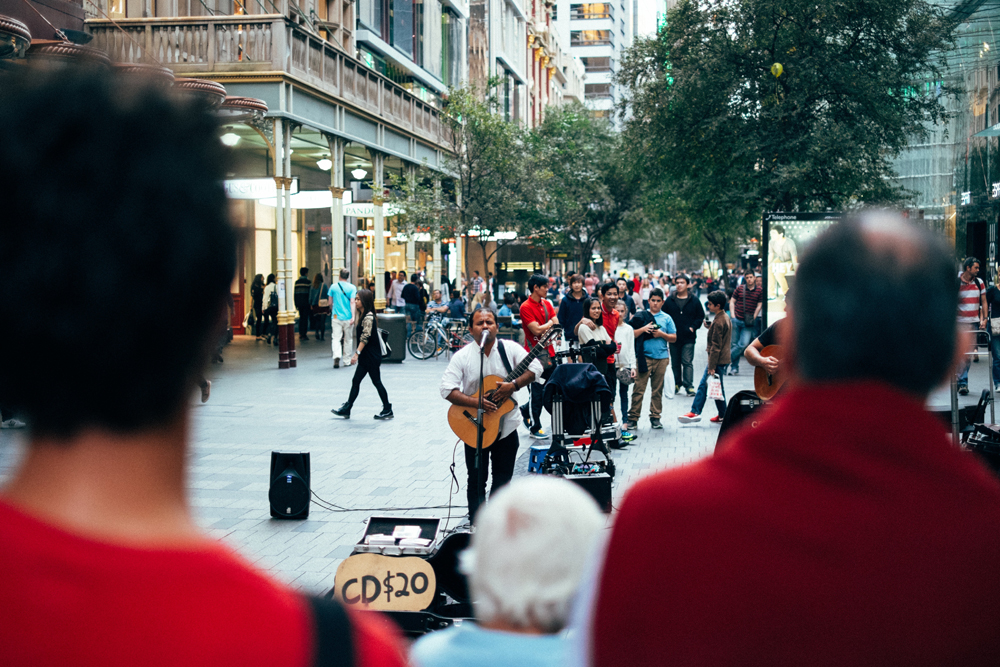
5. Austin is the live music capital of the world.
Austin is a music lover’s paradise – as long as you don’t mind the possibility of renting an apartment next to aspiring rockers. The city boasts over 250 live music venues at festivals, parks, bars and even streets. If you’re going to be living in Austin and looking to dive into the music scene, here are some places to start:
Grocery stores. That’s right, grocery stores. You might be surprised to find musicians performing at places like Whole Foods and Central Market (and along the streets in between), but in Austin, it’s a way of life.
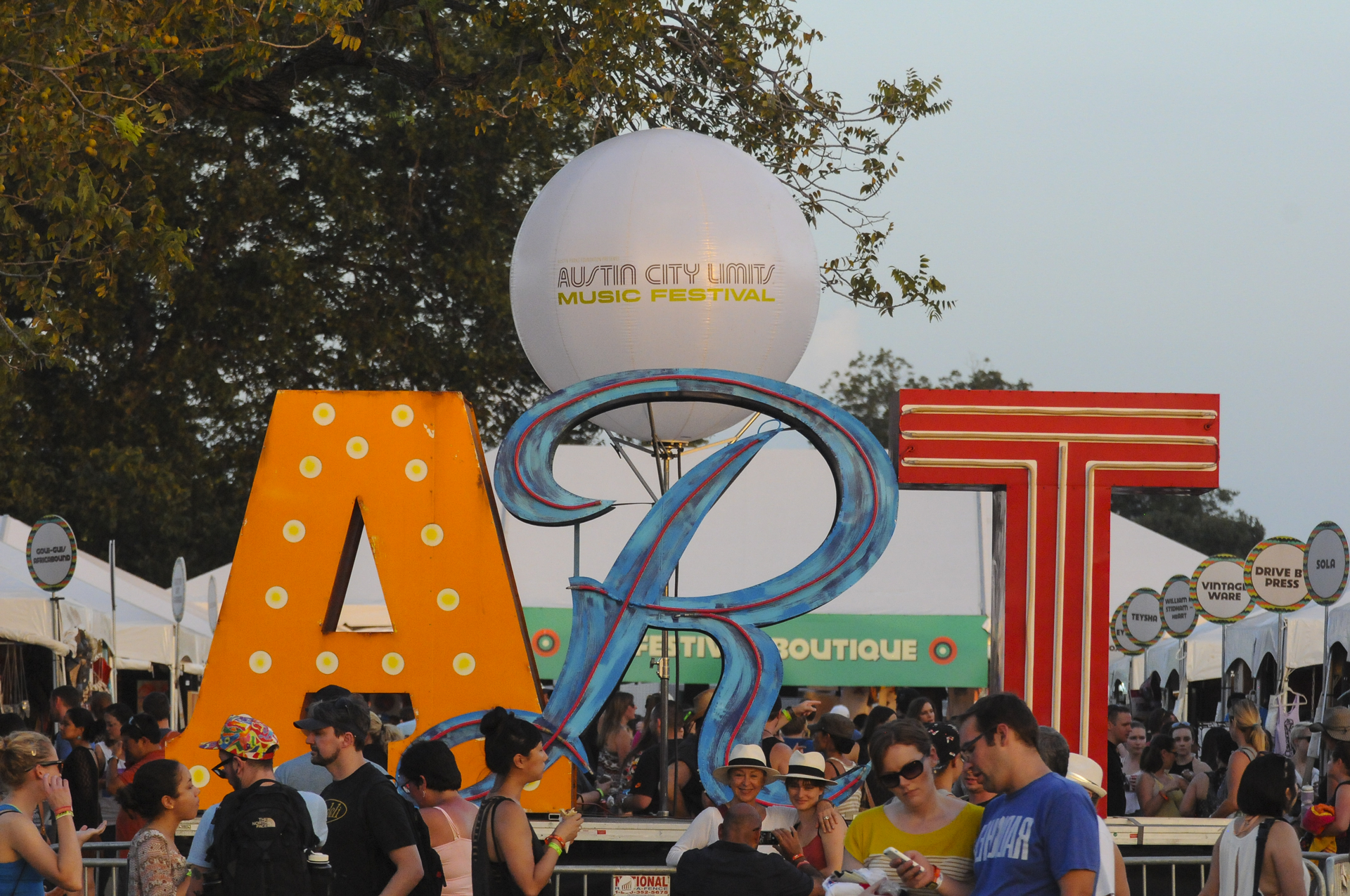
Austin City Limits. Austin City Limits (ACL) is an annual music festival held on two consecutive three-day weekends. Inspired by the PBS concert series Austin City Limits, it thrives as the premiere music festival in the Southwest region and attracts tens of thousands of people each year.
Esther’s Follies. Located on 6th Street, Esther’s Follies is a modern-day vaudeville theatre that incorporates magic, juggling, singing, dancing and sketching to current events. Whether you’re in the mood for magic or improv, you won’t be disappointed. Shows take place every Thursday, Friday and Saturday, and prices range from $25 for general admission to $30 for reserved seating. Seating is limited, so members recommend buying tickets in advance.
Blues on the Green Series. No Austin summer is complete without Blues on the Green. Hosted once a month throughout the summer, this event brings thousands of residents together for a series of (free!) summertime concerts held in Zilker Park. You’ll find great food, cold beverages and groups of people sprawled out on blankets enjoying tons of live music.
South by Southwest. South by Southwest (SXSW) is one of the largest music and film festivals in the world. The ten-day event brings a massive influx of people to Austin and features thousands of bands, films and interactive technology. As the city is overrun by musicians, concert goers and those attending conferences, locals either stay to partake in the fun or rent out their homes to those attending.
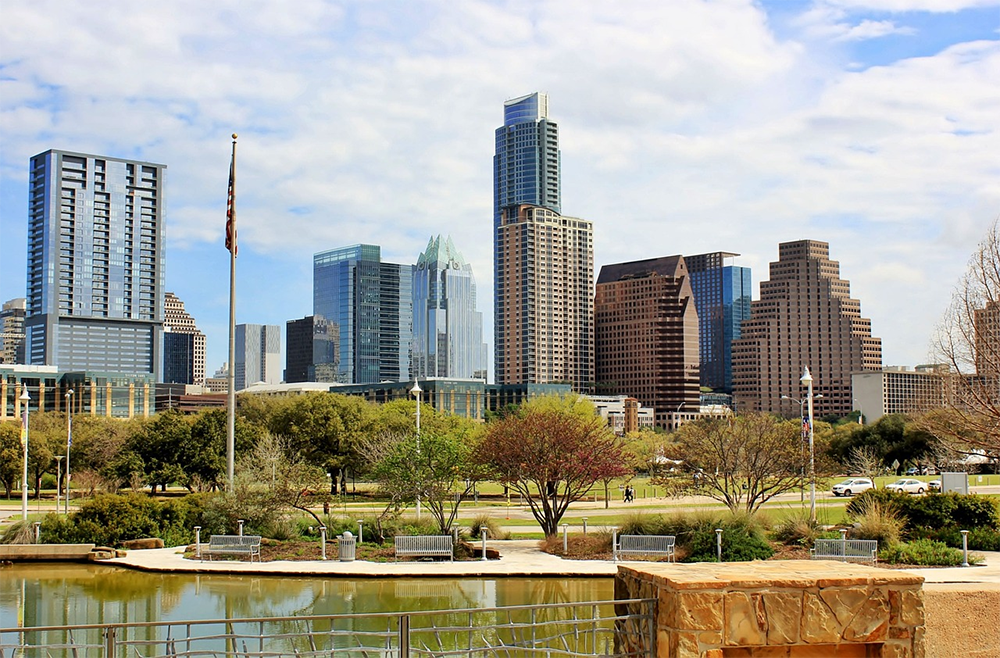
6. Jobs in Austin are plentiful.
If you’re relocating to Austin, TX and looking for a career, you’re in luck. When it comes to jobs in Austin, the city is far ahead of the country’s big metro areas. Austin’s job growth has been roughly three times that of New York, more than four times that of San Francisco, five times Los Angeles’ and ten times that of Chicago.
The economy of Austin, Texas is based on technology, medicine and education. This thriving city is home to the headquarters of many top major corporations, green initiatives and environmental benefits–and millennials are taking notice.
“With millennials conscious about the impact they have on the environment, younger residents in Austin love the city’s emphasis on sustainability,” notes Scott Hetherington, Austin real estate expert. “The city was named one of the top 10 green cities in the U.S. after selling more renewable energy than any other in the nation. Austin also aims to be carbon neutral by 2020 through the use of renewable power sources.”
Here are some of the best places to work in Austin in 2018:
The City of Austin. The City of Austin runs all city and local government operations for the fourth-largest city in Texas, including city residential and business services. Their Green Building program is one of the best in the country and has received multiple awards for its groundbreaking environmental initiatives.
The University of Texas. One of the largest public universities in the U.S., the University of Texas is a major employment source in the area. Qualified UT graduates are in high demand by local, national and international employers. Even if you didn’t attend UT, you’ll learn to be a hometown fan – Austinites eat, sleep and breathe Longhorn football. When it comes to game time, you can expect to see orange flooding the streets.
Dell. Dell is one of the largest technological corporations in the world. Information technology giant Dell is based in Round Rock and sells personal computers, servers, data storage devices, network switches, software and computer peripherals.
Whole Foods. Almost four decades ago, Whole Foods started with one small store in Austin. Today you can find 365 stores all over the United States and internationally. Specializing in organic and natural foods, Whole Foods has its corporate headquarters in Austin and sees hundreds of customers daily.
IBM Corp. IBM holds more patents than any other U.S.-based technology company and has nine research laboratories worldwide. The Austin location of the multinational technology firm manufactures and sells computer hardware and software, as well as offers infrastructure, hosting and consulting services.
Startups. Austin’s startup scene is growing, and locals encourage job seekers to grow along with it. The area offers plenty of positions for creatives, entrepreneurs and tech gurus. Even if you’re not interested in pursuing this field, it’s great to stay up-to-date with the impressive progress this sector is making.
Whether you’re looking for a position in the medical, tech, service, education or startup industry, Austin is a mecca for job seekers around the country.
7. Commutes can be pretty painful in Austin.
Austin ranks as the 14th most congested city in the U.S. and the 72nd most congested city in the world. While the average driver spends around 45 hours in peak congestion, Austin drivers actually spent 9 percent less time in traffic last year compared to 2016. This also still doesn’t compare to larger cities like Los Angeles, where drivers spent 104 hours in traffic.
Despite the traffic, Austin residents prefer to drive. Conveniently, State Highway 130 offers one of the highest speed limits in the country at 85 miles per hour.
If you’re planning on living in Austin, TX and looking for alternative commuting options, there’s also public transportation, walking and biking options to explore. The metro area’s public transit system, Capital Metro, operates 50 bus routes and 32 miles of rail line. Austin also has a bike-share system, B-cycle, where bikes are conveniently placed throughout the downtown area for use. Bicycling magazine also declared Austin America’s 13th Most Bike-Friendly City due to its 35 miles of bikeways, new urban trail plan and 6-mile Lance Armstrong Bikeway.
A word of advice? Opt for flexible work schedules, avoid rush hour (which runs from 6 am to 10 am and 3 pm to 7 pm) and take caution when choosing your neighborhood in Austin. On the plus side, at least more traffic means more people, more jobs and more prosperity.
8. The food in Austin is always worth it.
If you’re relocating to Austin, there’s one thing you should mentally prepare for: the food. Whether you want to find your favorite food, check out the trendy food scene or you’re looking for a special occasion destination, there are endless unique restaurants to satisfy every foodie.
Here are some of the best places to eat in Austin by location:
Downtown Austin
Central Austin
North Austin
East Austin
South Austin
Planning on Living in Austin, TX?
If you’re searching for a fun, diverse city with ample job opportunities, eclectic culture and abundant taco trucks, living in Austin, TX may be the right place for you. Check out our moving to Austin guide to help you get started!
Have any questions, thoughts or advice for those living in Austin? Share with us in the comments below!

